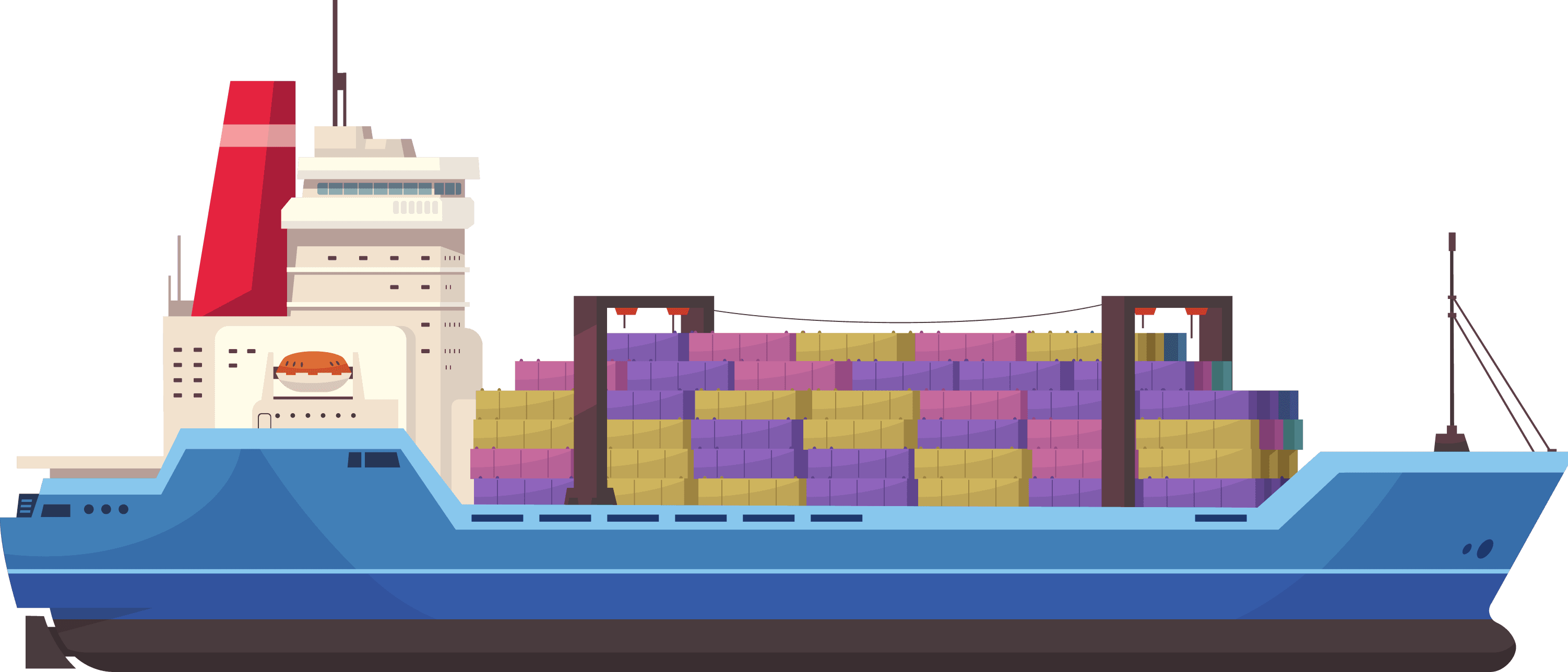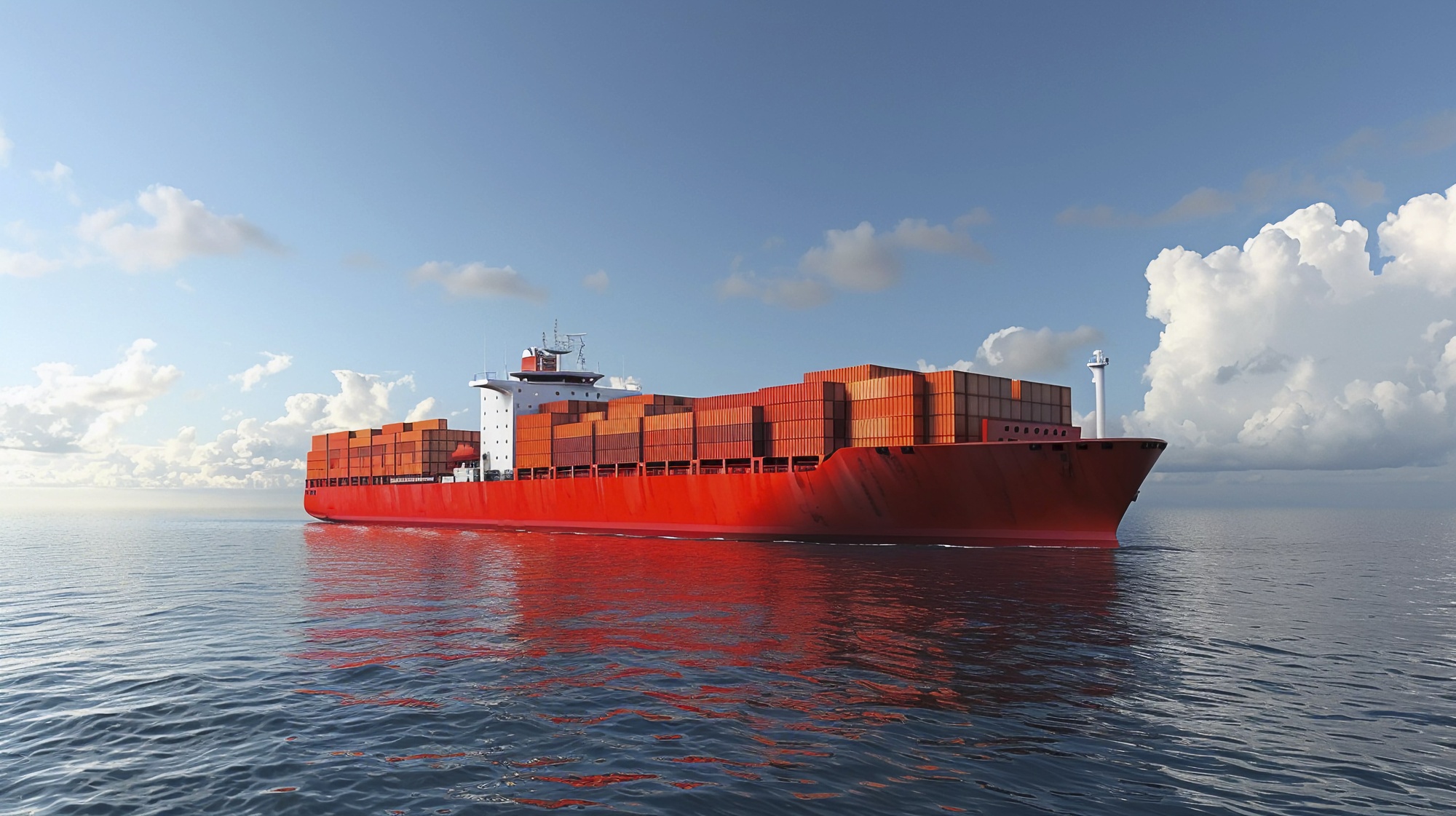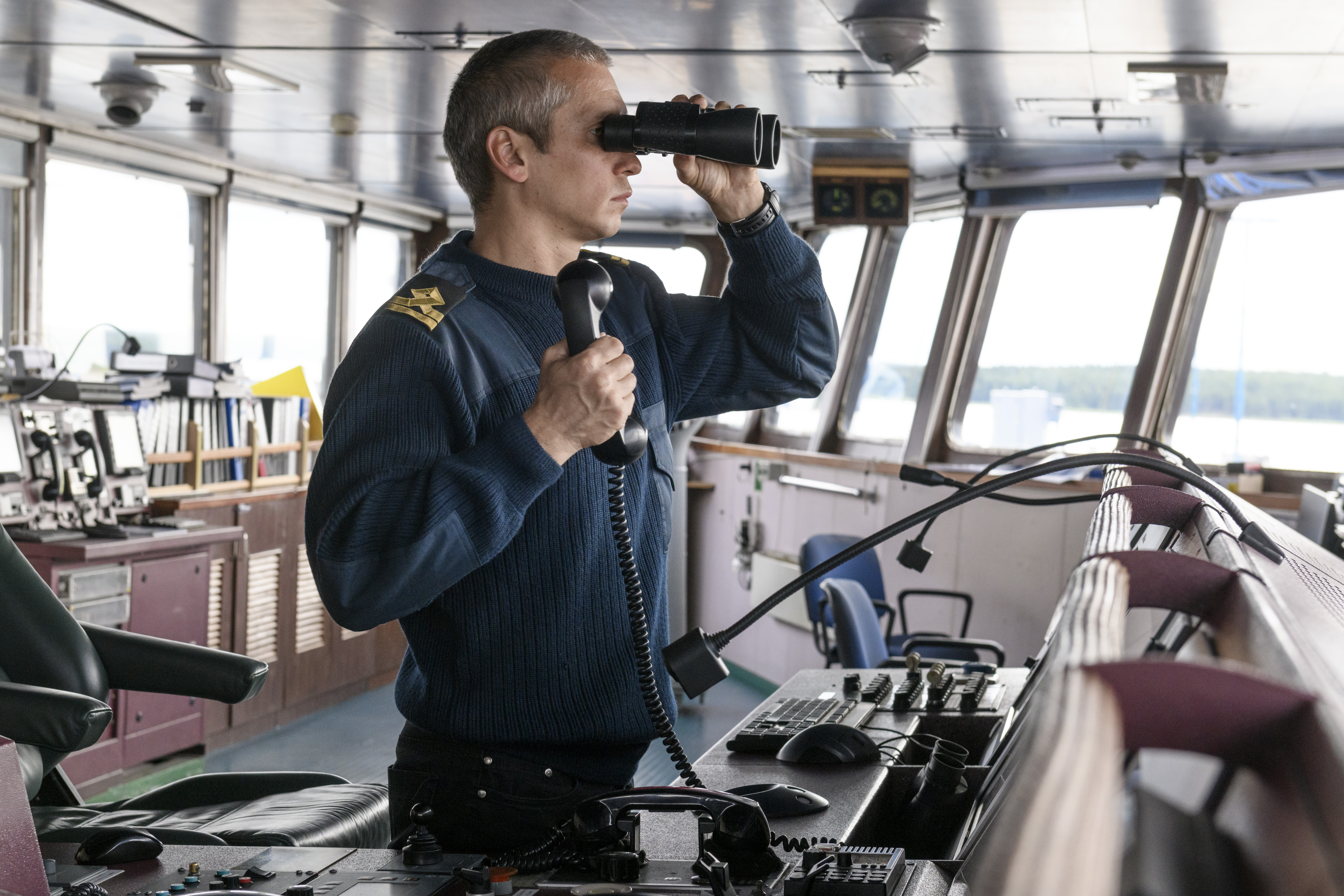The instructions outlined hereunder shall be complied with whenever the vessel is placed in dry-dock.
The vessel shall be upright and shall have a trim of not more than two metres by the stern or as req uested by the dock Master.
All hatch covers and tween-deck covers shall be fitted in place.
All derricks and c ranes shall be secured in a fore-and-aft position.
All guard rails sha ll be properly fitted in place.
Gangways shall b e folded against ship’s sides and pilot ladder shall be stowed away.
All side ports shall be locked in closed position.
All toilet facilitie s shall be locked and the keys shall be kept on the Chief Officer’s key board.
All main valves on wash-water lines shall be kept shut during vessel’s stay in dock.
Anchor shall be sa fely secured prior to the vessel’s bow entering the dry-dock.
The Master shall satisfy himself that adequate fire fighting arrangements are maintained.
Appropriate notice to the effect that men are at work on the propeller and rudder shall be conspicuously posted near the main engine throttle/valves, the turning gear and the stee ring wheel immediately after the vessel has taken to the keel blocks. Where possible, physical barriers must be installed or the relevant machinery immobilised.
The Master is to satisfy himself that he has adequate stability both for docking and undocking.
The Master shall bring to the notice of all concerned any regulatio ns issued by the dry-dock authorities.
Master to ensure that the yard submits a dry dock keel block plan prior to the vessel entering dr ydock to ensure blocks are even and arranged co rrectly to avoid interaction between frame spaces, bottom plugs, echo sounder tran smission, etc.
All maritime zone that are not to be accessible to the yard workers and contractors are to be secured.
All precautions t aken to prevent theft if ship’s equipment including tools, appliances, etc.
Immediately after the dock is dry, the Master and Chief Engineer, in company with the Chief Officer, shall thoroughly inspect the vessel’s underwater body. The Master shall pay special attention to any defects in the vessel’s hull i.e. shell plating, b ilge keel, etc.
The Chief Engineer shall thoroughly inspect all sea-chest, the rudder and rudder bearings, the propeller( s) zinc anodes, stem tube sails and all other under water body fittings such as pilot tu be, echo sounder probes, etc. He shall ensur e that accurate measurements are taken of tail end shaft clearance/s.
Anchor cables shall be ranged and thoroughly inspected at every dry-docking.
During the vessel’s stay in dry-dock no fuel or water shall be pumped or drained, nor shall any weights be altered onboard the vessel, without the dock M aster’s written approval. It is the Chief Officer’s duty to keep the dock Master informed and to make the necessary arrangem ents for any alteration of weights which may be required in connection with the repa ir work.
One hour before the dock is to be flooded the Chief Officer shall personally ascertain that all drain plugs are fitted tight in place and no tapes are left on the zinc anodes. The Chief Engineer shall as certain that all sea valves are in place and prop erly set-up. An entry to this effect will be made in the vessel’s deck and engine logs. Stem tube seals should be fitted up and plugs secured and inspected for oil seal/leak upon completion of the job.
Every surveyor attendi ng the vessel while in dry-dock shall be acco mpanied by the Superintendent, Master and/or Chief Engineer as applicable.




